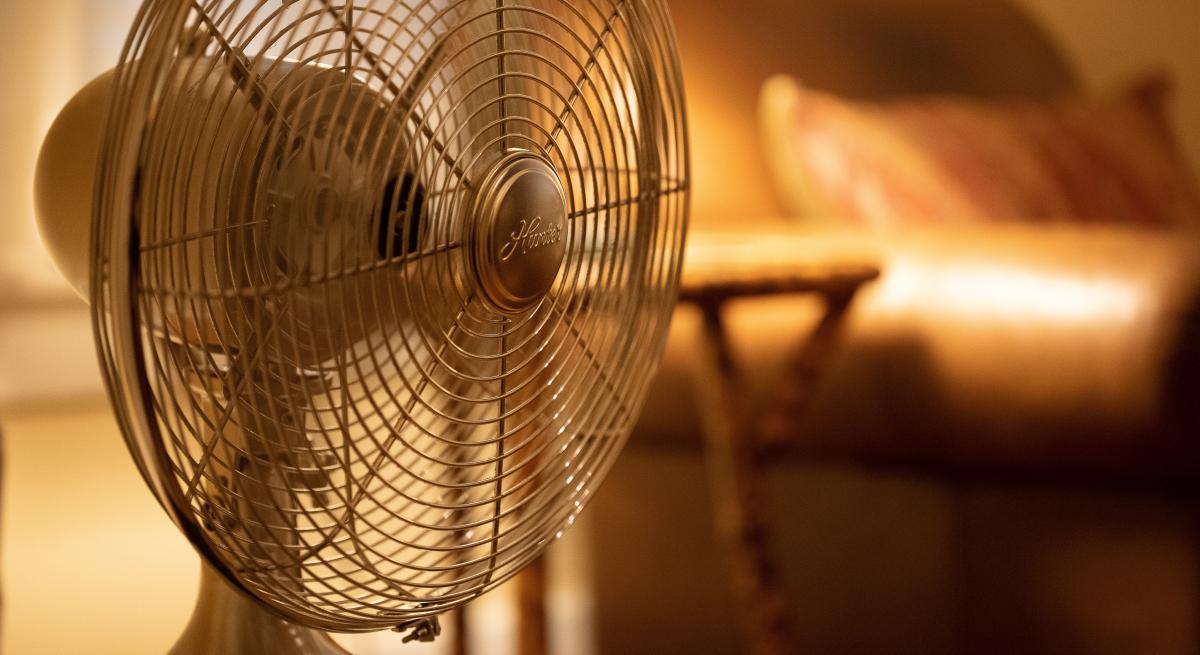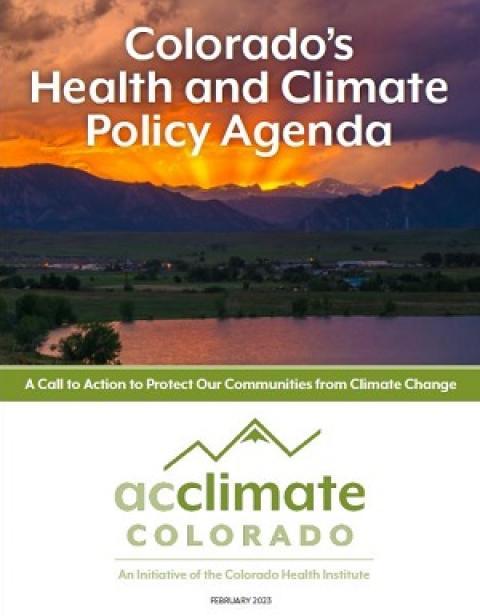The U.S. heat dome (a high-pressure area that builds up and traps hot air for at least a week) put more than 90 million Americans under heat alerts and broke high temperature records across the country, including in Colorado. People in Colorado’s southern and western communities did not experience the cooler and wetter spring weather that dominated the Front Range.
Since 2000, Denverites have experienced nine of the 10 hottest summers on record. Statewide average temperatures in July were 2 degrees above the 100-year average (1901-2000). By August 1, 2023, more than 350 daily maximum temperature records had been broken across Colorado; another 165 records had been tied.
Extreme heat is defined as a period of consecutive days that are much hotter and/or more humid than average — in Colorado, that means 90 degrees or above. Research shows that extreme heat affects human health, increasing hospitalizations and death rates. Children are more vulnerable to heat related illnesses because they have a greater ratio of skin surface to body weight. Pregnant people and those with diabetes, cardiovascular disease, and respiratory diseases can have trouble cooling themselves. Heat combined with humidity adversely affects people with respiratory conditions like asthma and chronic obstructive pulmonary disease (COPD). Coloradans over the age of 65 are more likely to have one or more chronic conditions that make them more vulnerable. They are also more likely to be taking prescription drugs, like blood pressure medications, that can increase heat intolerance.
Extreme heat also takes a toll on mental health. According to the American Psychiatric Association, those extra hot days are associated with increased irritability, aggression, and symptoms of depression; problems with memory, attention, and reaction time; and higher levels of domestic violence, substance use, and suicide.
Coloradans are dealing with extreme heat more often, and some can’t escape it. Many older homes and apartment complexes in Colorado were built without air conditioning. A 2023 survey of residents of Denver's most vulnerable neighborhoods conducted by Healthy Air and Water Colorado (HAWC) found that nearly one in four Black/African American respondents (24%) did not have access to cooling (central air, a window air conditioning unit, swamp cooler, or heat pump). About one in 10 Hispanic or Latino (13%) respondents and nearly two in 10 Denverites of another race/ethnicity (17%) also lacked cooling.
Nearly one in four residents (23%) with incomes below $35,000 lacked cooling (compared with no residents making $150,000 and above). Renters were 20% more likely than homeowners to live without cooling at home.
Lack of cooling is not just a Denver or Front Range issue. Many of Colorado’s schools are not equipped with air conditioning and the price to add cooling systems is prohibitive, costing millions per school. Small towns and rural areas often don’t have the ability to set up cooling centers where residents can go to cool off, and some areas don’t have access to medical care nearby if people have a heat-related medical emergency, such as heat exhaustion or heat stroke.
In 2023, Colorado’s General Assembly passed a number of laws to help individuals and communities adapt to climate change, but has not yet set a statewide cooling standard (a right to cool).
The Colorado Health Institute and its Acclimate Action Team — a group of leaders working to build programs and policies that will address the health effects of climate change — launched the Health and Climate Policy Agenda in 2023. Healthy Air and Water Colorado is a member of the Action Team that is championing right-to-cool policy options in Denver, including financial incentives and subsidies that encourage the installation and operation of highly energy-efficient and clean cooling methods. They’re also encouraging city leaders to invest in trees, swimming pools, parks, and other public spaces for cooling, especially in historically marginalized communities.
“We know that individuals who are most impacted by extreme heat — people of color, low-income individuals, and renters — have the least access to energy efficient and quality cooling,” said Sabrina Pacha, Senior Director at HAWC. “As the impacts of climate change become more frequent and intense, it is critical that our state and local leaders implement solutions to ensure that everyone can be resilient and healthy in this new reality.”
Adapting to a warming world does not mean surrendering to climate change. Learn more about the adaptation policies that will help Colorado protect people’s health in their communities. If your organization is doing work in the health and climate space, partner with CHI or become a member of our Acclimate Action Team.
Read more about health and climate in Colorado.



